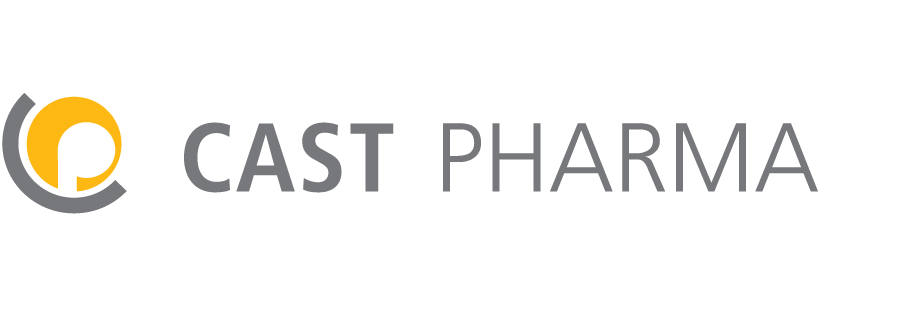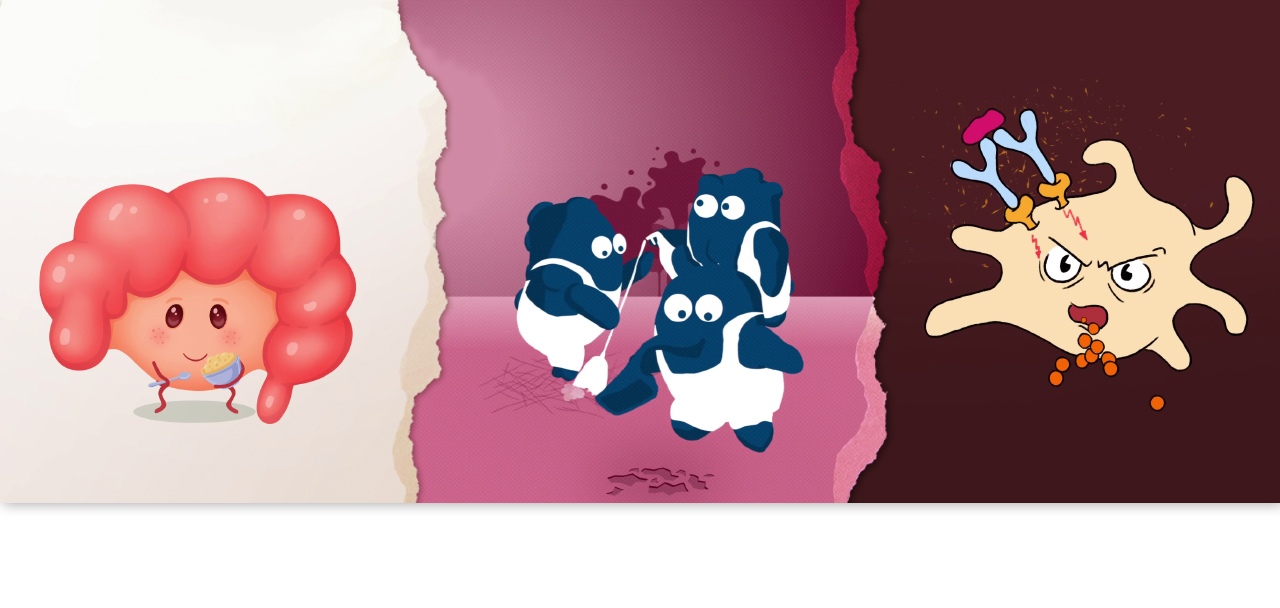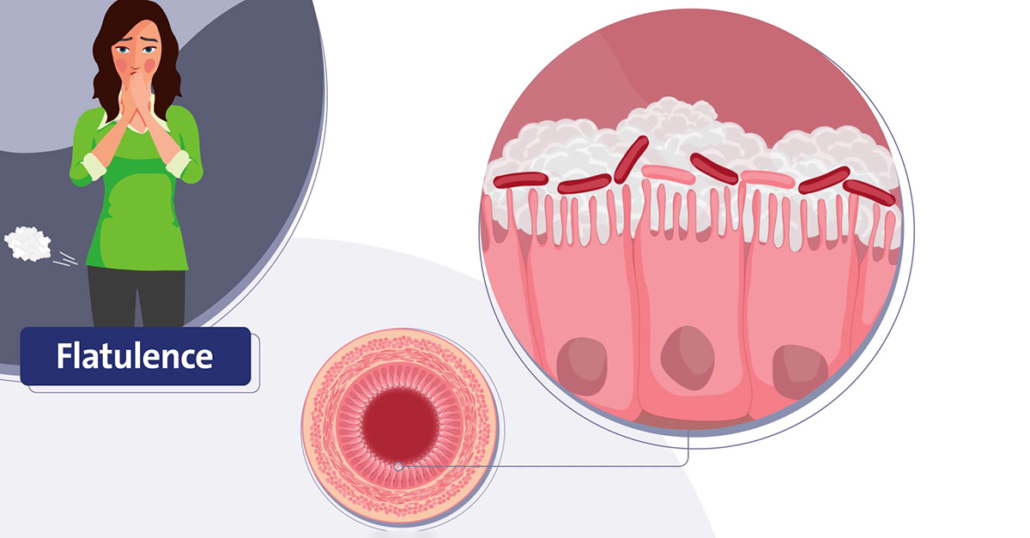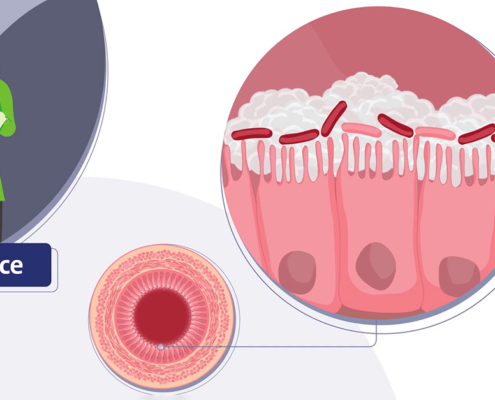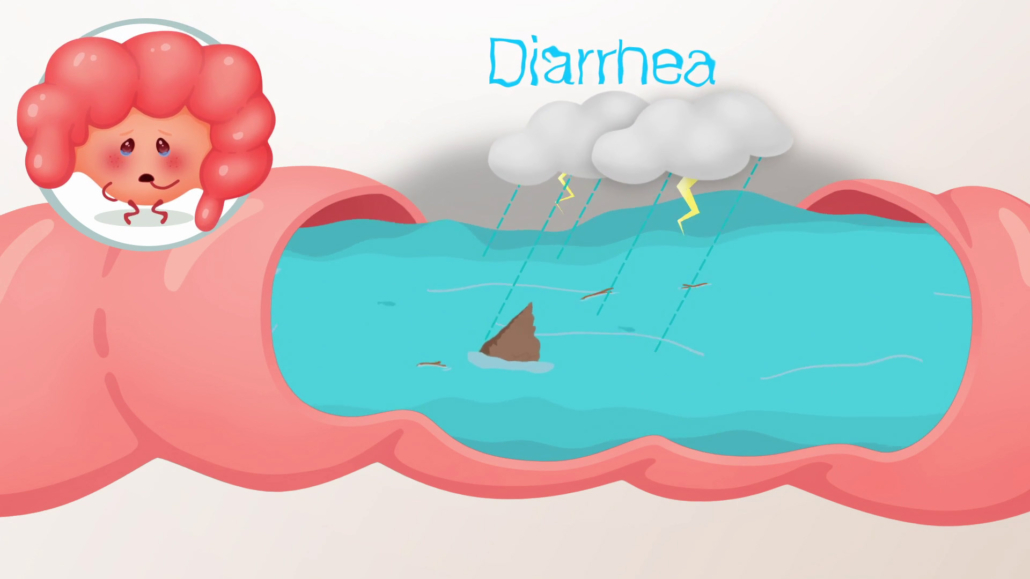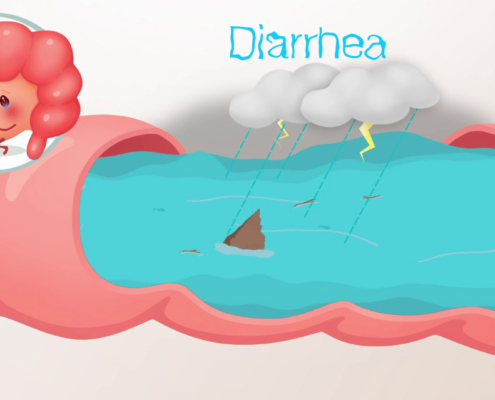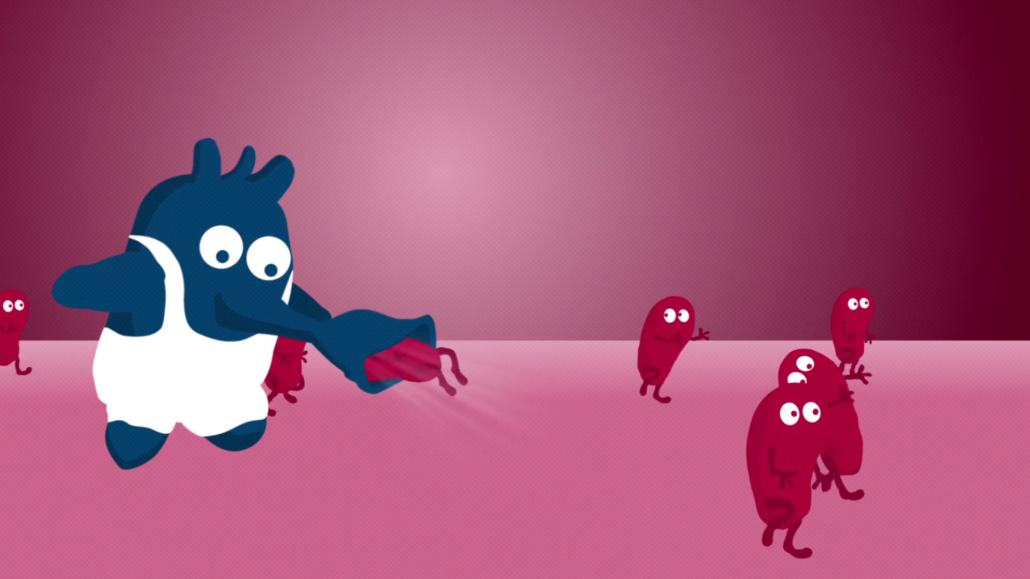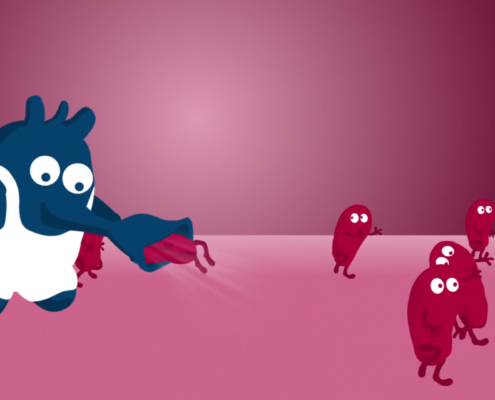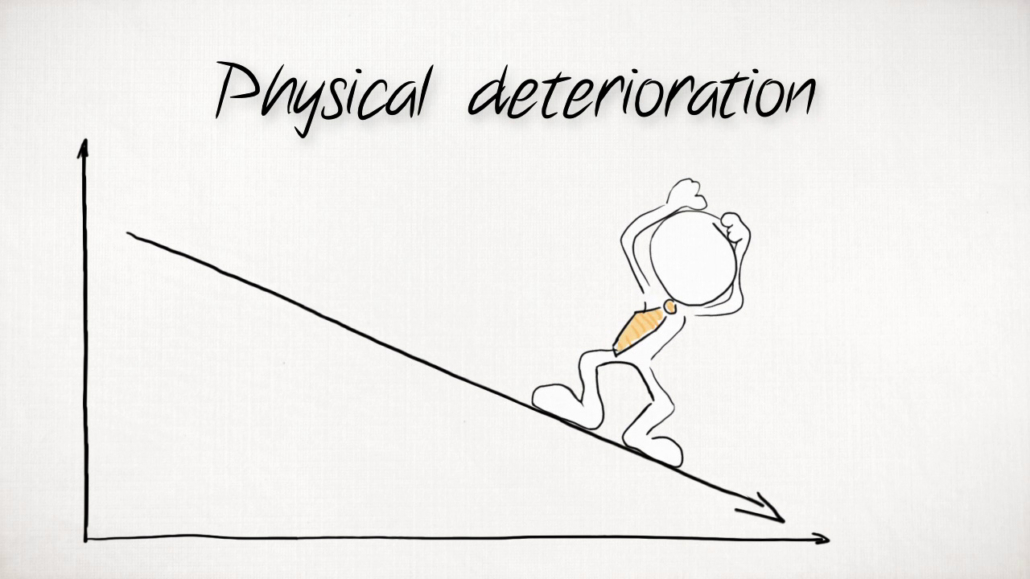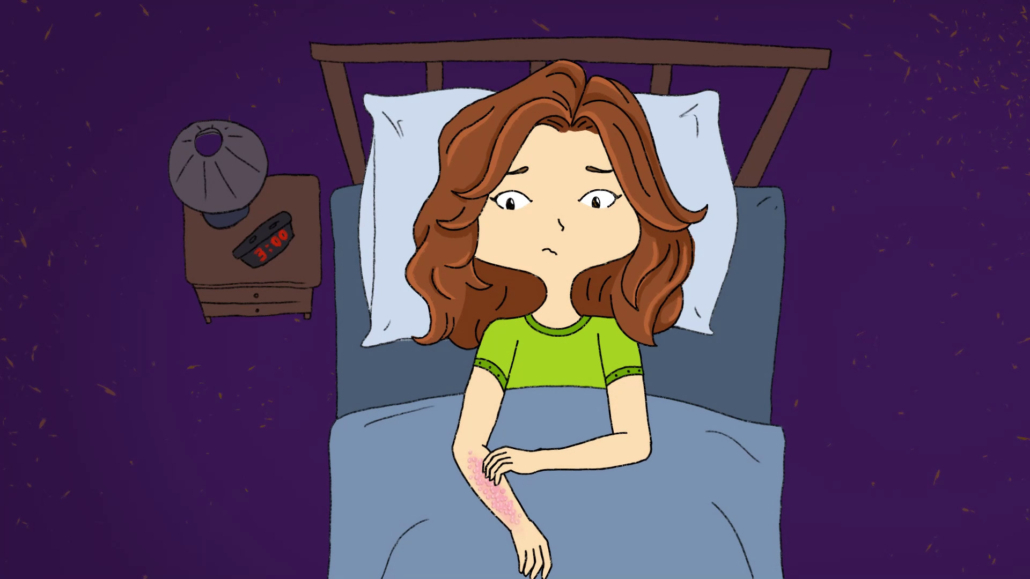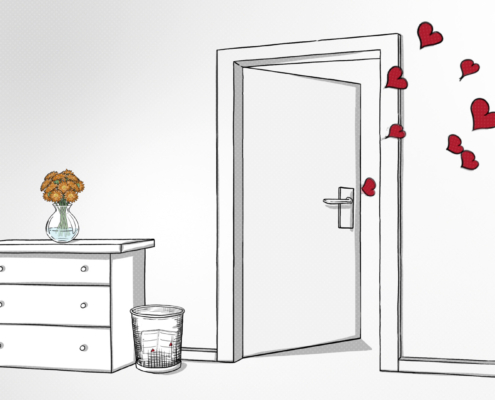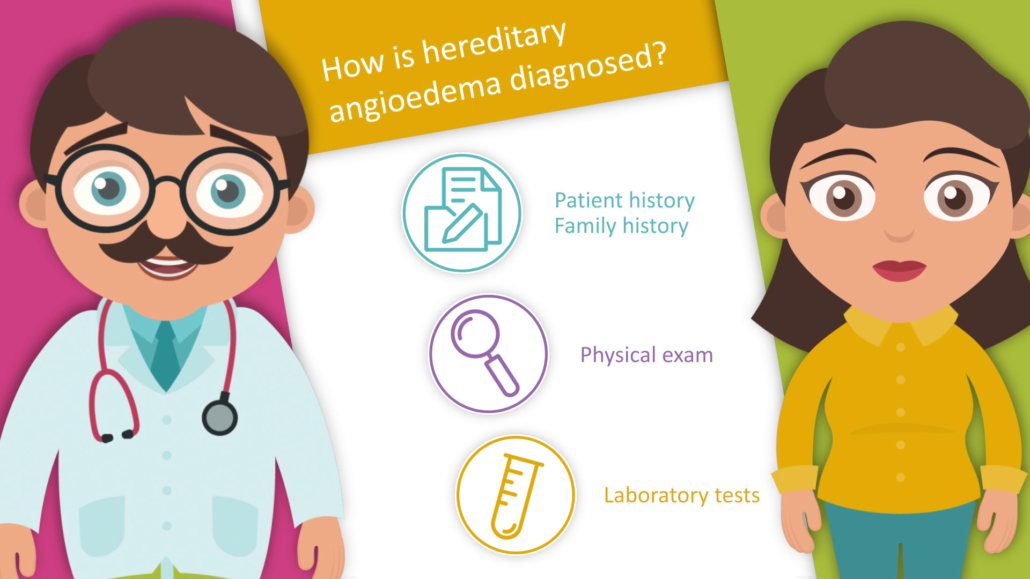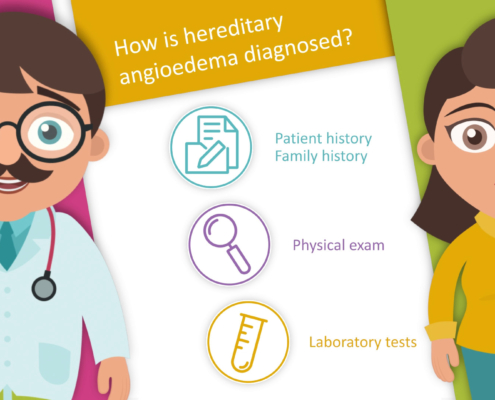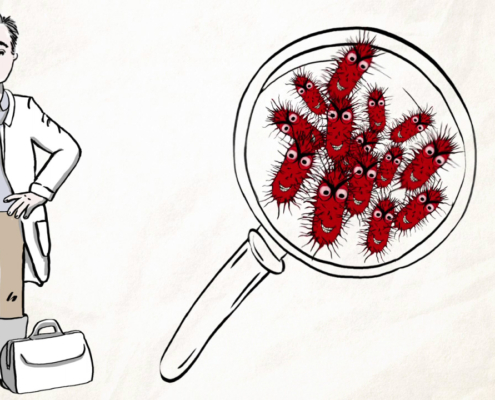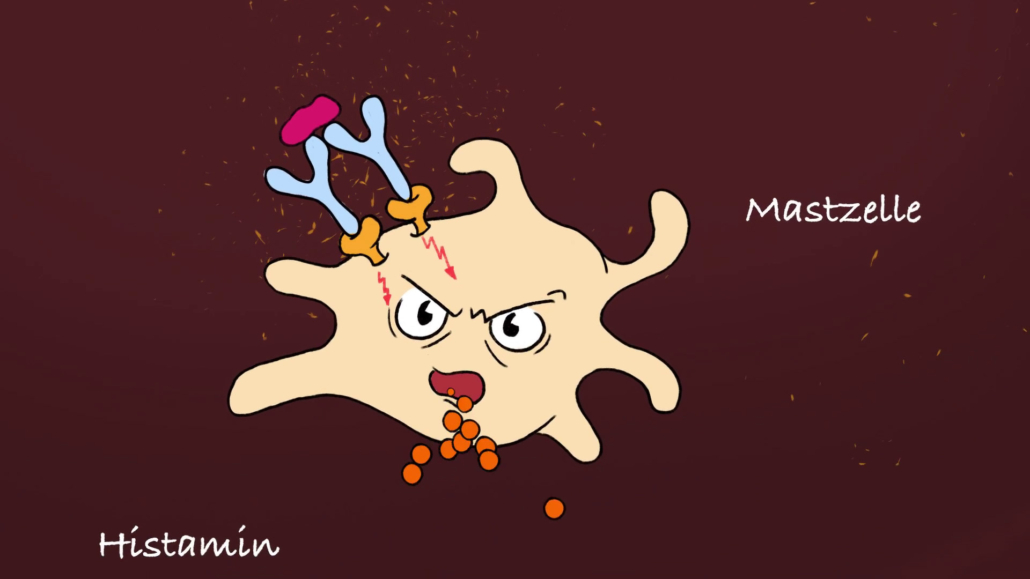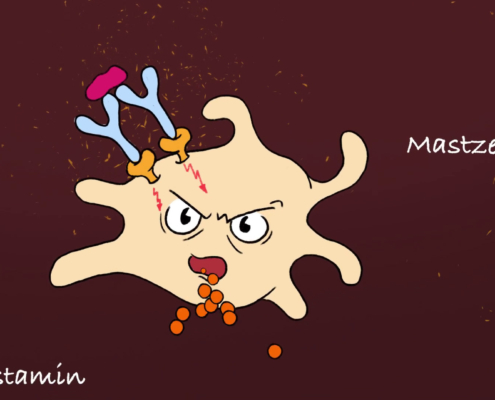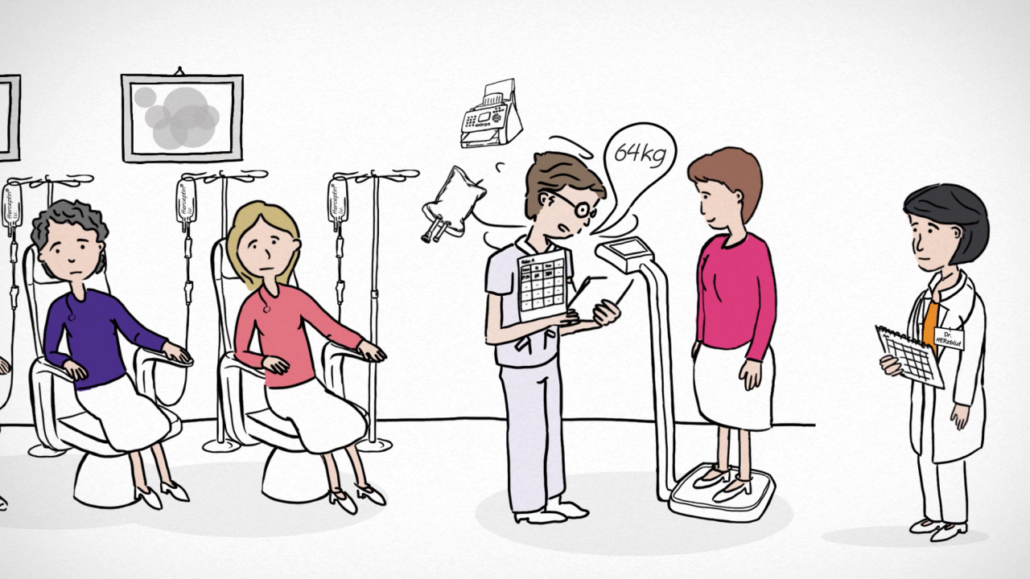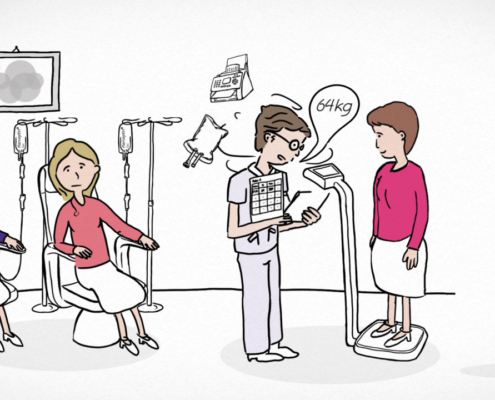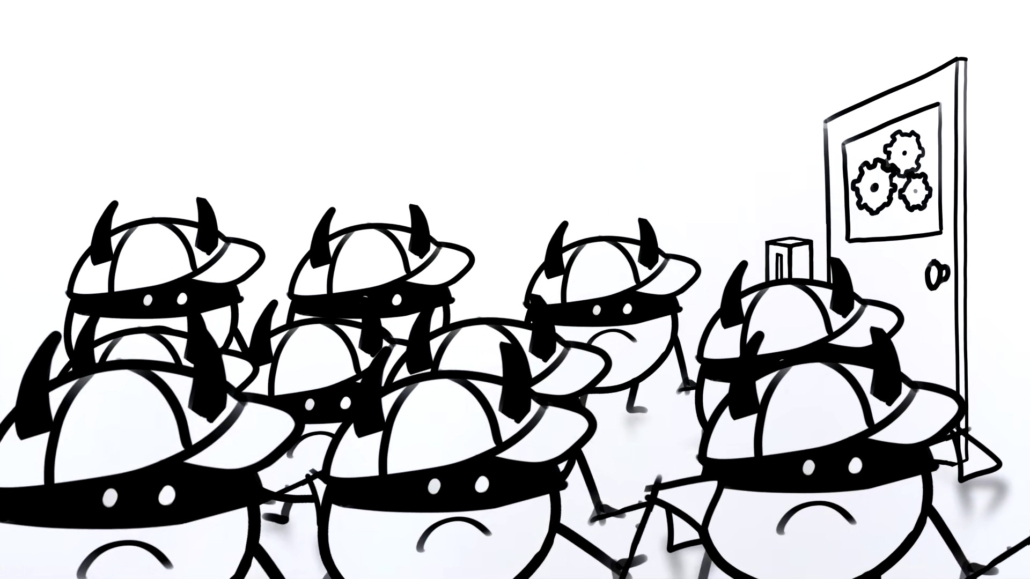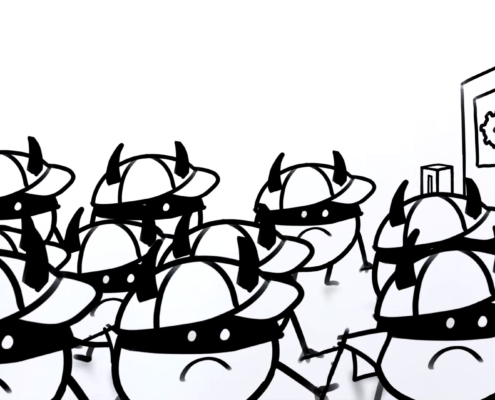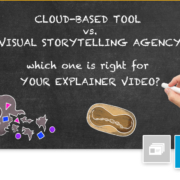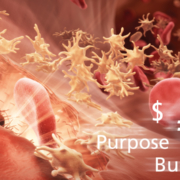The power of humor: why it matters in scientific communication
Humor in scientific communication? Like bad knock-knock jokes about tyrosine kinases? You might think humor undermines scientific credibility. Or that it’s inappropriate in communication about serious medical conditions. But interestingly, science as well as experience with hundreds of films, slide decks, and activities tell us otherwise.
A study found that when physicians used humor in their educational materials, their audiences rated the materials as more credible, more interesting, and less boring. In another study, medical students who watched a medical video that included humor were more likely to retain information than those who watched a serious, non-humorous video on the same topic.
This is consistent with our experience. Well-dosed humor can make scientific material more enjoyable and accessible. It is thus an effective way to engage your audience. An interesting analogy or a well-placed joke brings levity to dry or difficult subject matter and might add personality to a video or slide deck. In medical trainings, a dash of humor to start off a training will increase the audience’s motivation and let the sheer bulk of information seem more digestible and less daunting.
Humor in the communication with patients
When communicating with patients, humor is an especially helpful tool. Humor can help motivate patients to inform themselves about their disease and inspire them to take action. We know that laughing releases endorphins, which can boost a patient’s mood while relieving stress. That’s beneficial for everyone, but especially helpful for patients dealing with serious medical conditions. When breaking the information down into digestible pieces and adding a pinch of humor, a topic becomes more approachable and less intimidating. This can animate more reserved patients to discuss follow-up questions about a disease with their doctors. Humor also forges an emotional connection between the audience and the content, which helps patients retain information longer.
Humor in patient communication
Humor in the communication with HCPs and KOLs
Health care professionals and key opinion leaders are constantly bombarded with information. With so many different people fighting for their attention, scientific materials aimed at HCPs need to stand out. It is thus important to be clear, concise, and persuasive in your messaging while adding personality to your materials. Humor can do just that, since it lightens the mood and breaks down your audience’s barriers to engaging with new information. Whereas HCPs are often skeptical towards marketing messages, they respond well to scientific material infused with humor. Using humor shows that you are confident in the information you are sharing and that you know what you are talking about.
Humor in HCP and KOL communication
Humor in medical training materials
Medical training in the pharmaceutical industry can be challenging. The sheer volume of information that needs to be learned can be overwhelming. The pace of change in the industry is rapid, and new drugs and treatments are constantly being introduced. The work can be stressful for employees, especially when they are new. One way to help ease the challenges of medical training is to use explainer videos with a little bit of humor. By adding a bit of levity to the learning process, explainer videos can help make the material more digestible and less daunting. Additionally, laughter has been shown to improve retention rates, so using humor in explainer videos can actually help employees learn and remember information more effectively.
Humor for employee motivation
Some pointers
Here is some advice for using humor in scientific materials:
- Make sure that the humor is appropriate for your target audience. You certainly do not want to make them feel uncomfortable.
- Humor should always be relevant to the topic and not implemented only for the sake of being funny.
- If possible, use visual humor rather than verbal jokes. Visual humor can be understood by everyone and will translate better, which is especially helpful if you want to use the material in markets worldwide.
- Make sure that the humor supports your key message rather than distracting from it.
- Use humor sparingly to enhance its effect.
- Keep in mind that the overall tone should always be respectful and professional.
- Strike the right balance between amusement and seriousness.
To sum up
Humor makes scientific materials more enjoyable and accessible. Appreciated not only by patients but also by healthcare professionals, humor helps engage the audience in your presentation, your training, or your video. If used well, it helps the viewer retain the key message and even creates an emotional connection – both of which are crucial for successful scientific communication.
